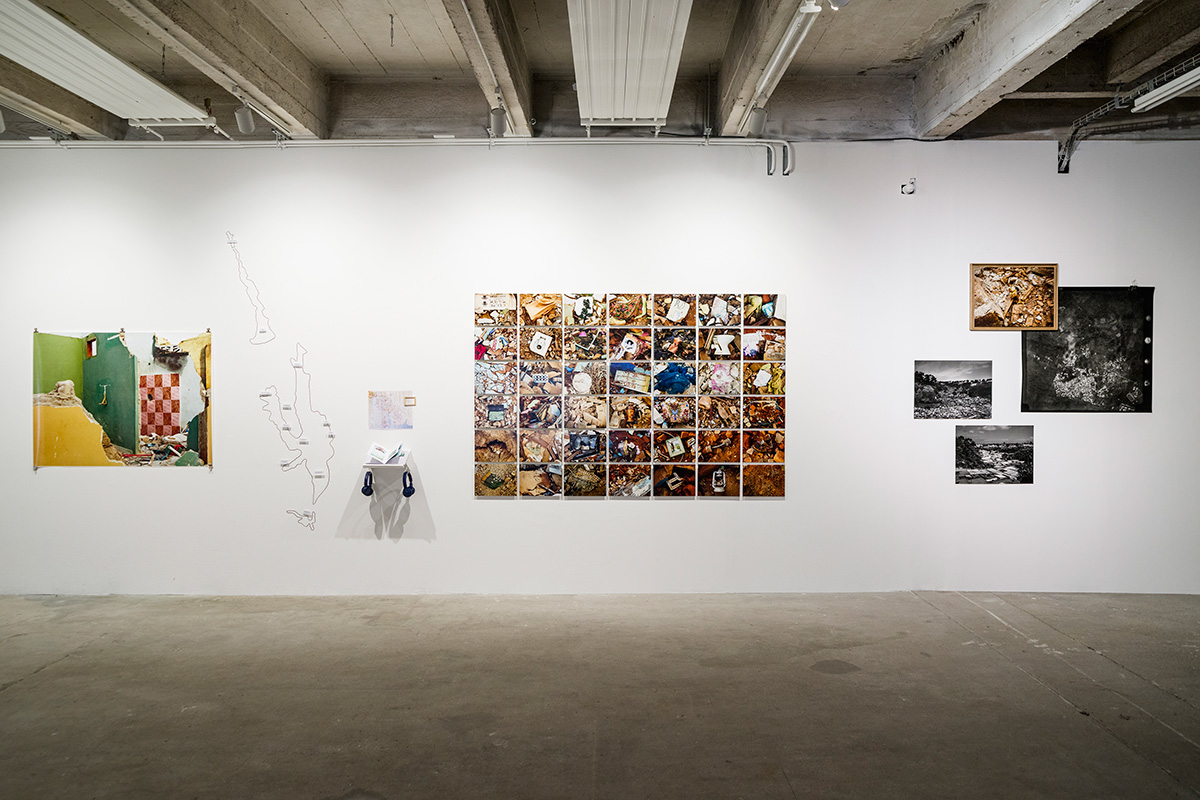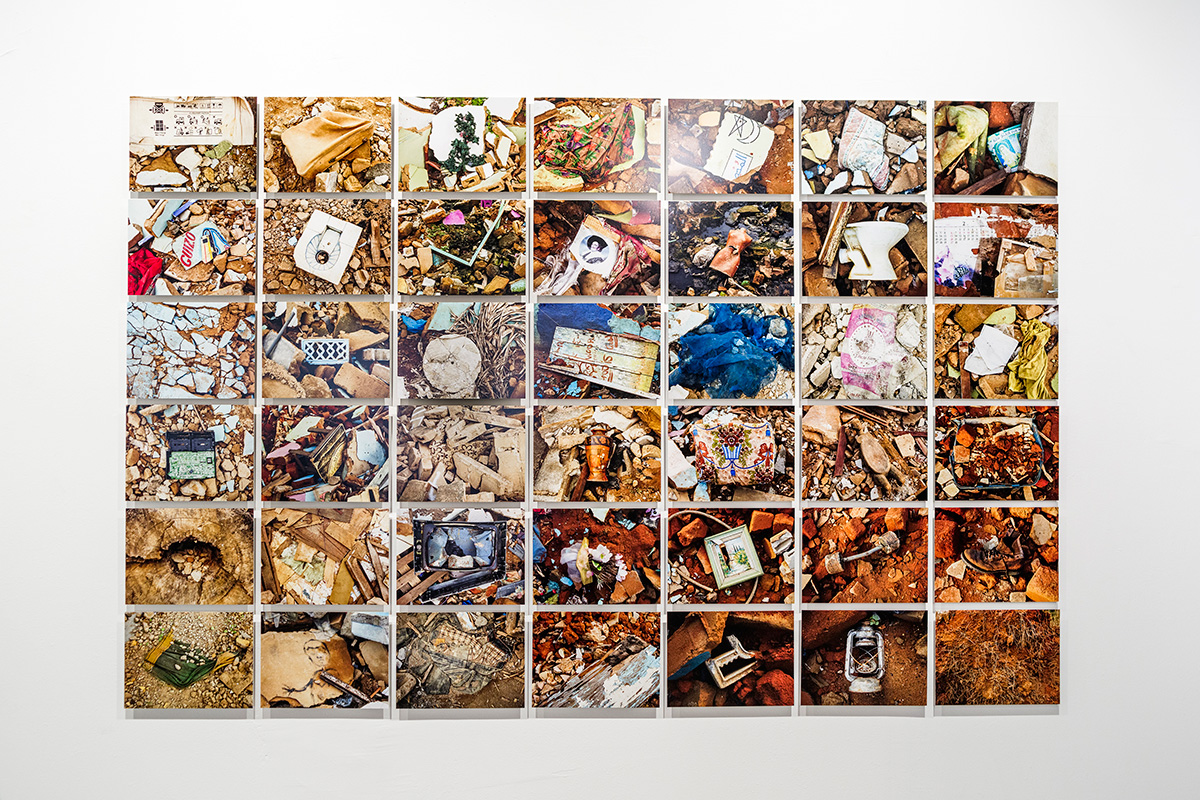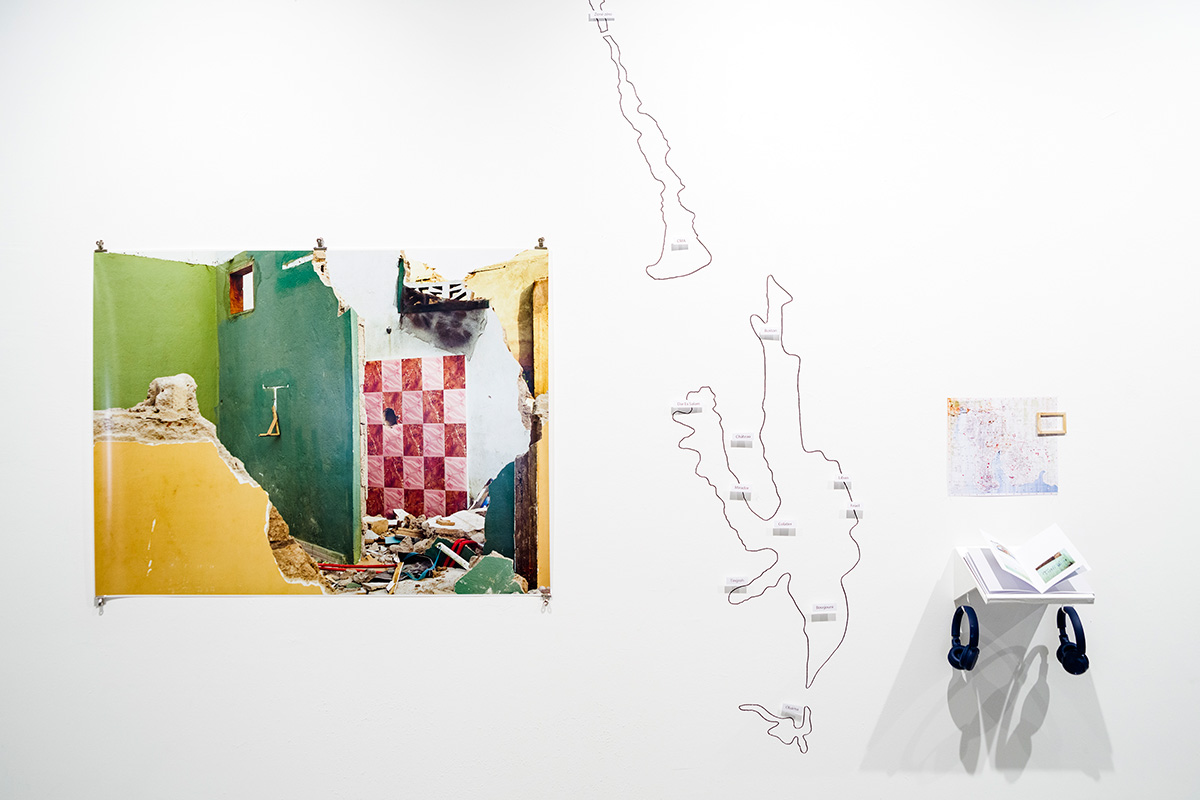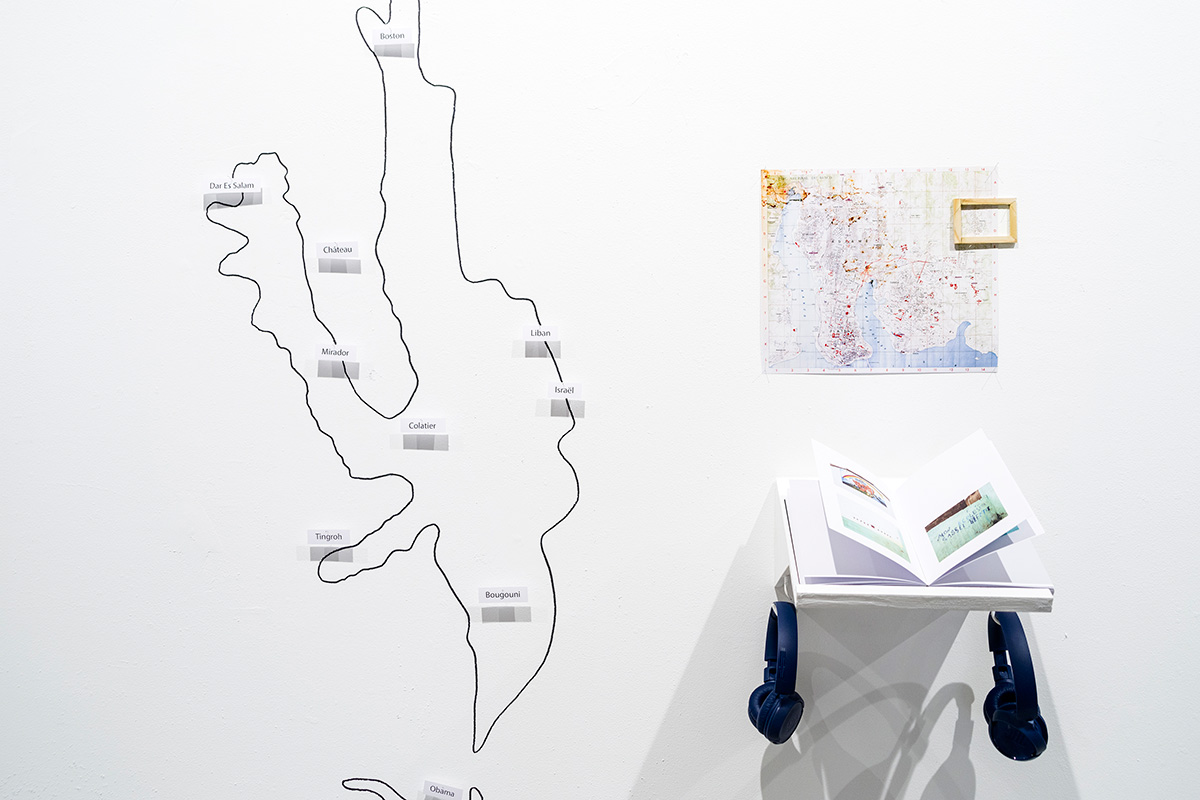Gobélé
Abidjan, 2015
Le projet Gobélé trouve son origine dans le quartier éponyme de la commune de Cocody à Abidjan en Côte d’Ivoire. En 2015, le quartier de Gobélé entre dans une phase sans précèdent de déconstruction et disparait parcelle par parcelle de la carte. Des vides, des cassures, des morcellements de vies émergent alors sous l’œil observateur et discret du photographe. Au cours d’un long processus de recherche, il collecte ces indices d’une autre histoire et les assemble afin qu’ils (re)deviennent une matière signifiante.
S’engage alors un processus de reconstruction étapes par étapes du déroulement d’une histoire passée dont les grandes lignes ressurgissent à travers la multitude de détails photographiés. Les images de François-Xavier Gbré convoquent l’expérience personnelle que l’artiste-voyageur fait de l’environnement bâti ; les souvenirs et les aspirations qui se sont gravées au cours du temps dans le béton, les barres d’armatures, les sols d’argile et la poussière. De cette rencontre émerge alors une narration visuelle riche et ouverte.
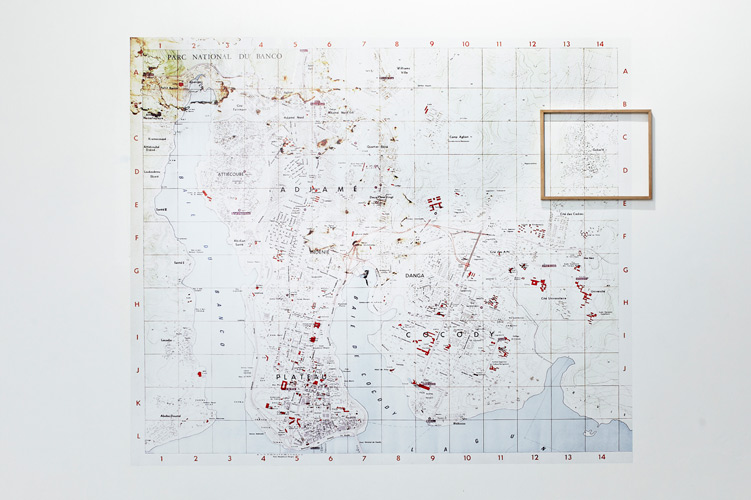
Map of Abidjan from 1971 and wooden frame limiting the Gobélé neighbourhood

Aerial view of the Gobélé neighbourhood, 1971, Datas from IGN, Saint-Mandé, France
(Institut national de l’information géographique et forestière)
Gbré’s ongoing examination of the changes to Abidjan — one of his current subjects — shows the transformation of urban space. Under French colonialism, Abidjan was the economic capital of Francophone West Africa. Following the independence of Côte d’Ivoire from France in 1960, Abidjan burnished its cosmopolitan reputation as the “Paris of Africa.” Gleaming hotels and modern skyscrapers characterized the skyline of Le Plateau, and upper-class residents settled in the attractive Cocody district. After a prolonged decline in the 1980s, civil conficts in the early 2000s, and an election crisis from 2010 to 2011, contemporary Abidjan is again experiencing surges of growth and development.
The landscape is primed for change. Within this atmosphere of political willpower and economic incentive, Gbré has tracked down the anonymous ruins of homes and buildings felled in the effort to clear sections of the city for new housing and highways.
In her discussion of architecture and photography, Kate Bush writes, “Architecture embodies the tension between the enduring and the transitory, development and decay, negation and renewal.” The photographs of Abidjan that Gbré has made since 2013, including his images of humble structures and soaring towers, provide a circumspect appraisal. Insofar as “renewal” is a polite term for gentrifcation, Gbré suggests that the markers of progress evident in the landscape, so easily heralded by local government, are underscored by population displacement and expedient design.
Brendan Wattenberg, The Past is a Foreign Country (Cantor Fitzgerald Gallery Haverford College, 2015), p. 11 -12
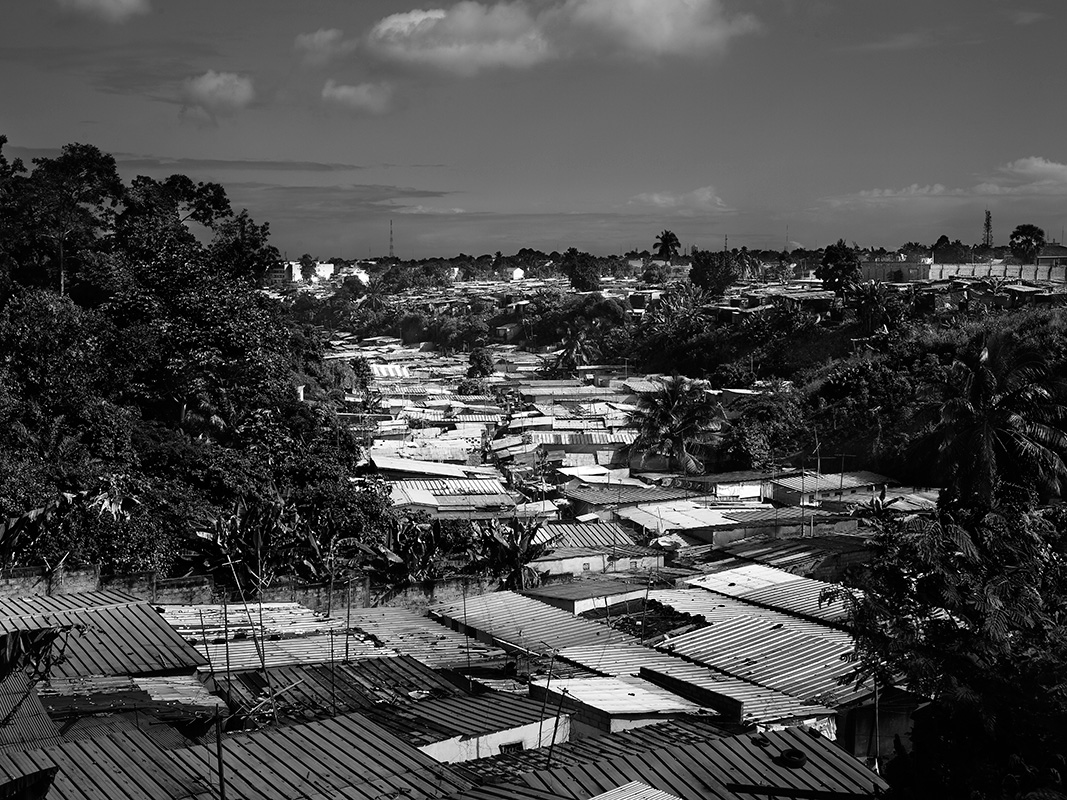
Gobélé Boston, Abidjan, July 15, 2013
Gobélé Boston, Abidjan, April 6, 2015
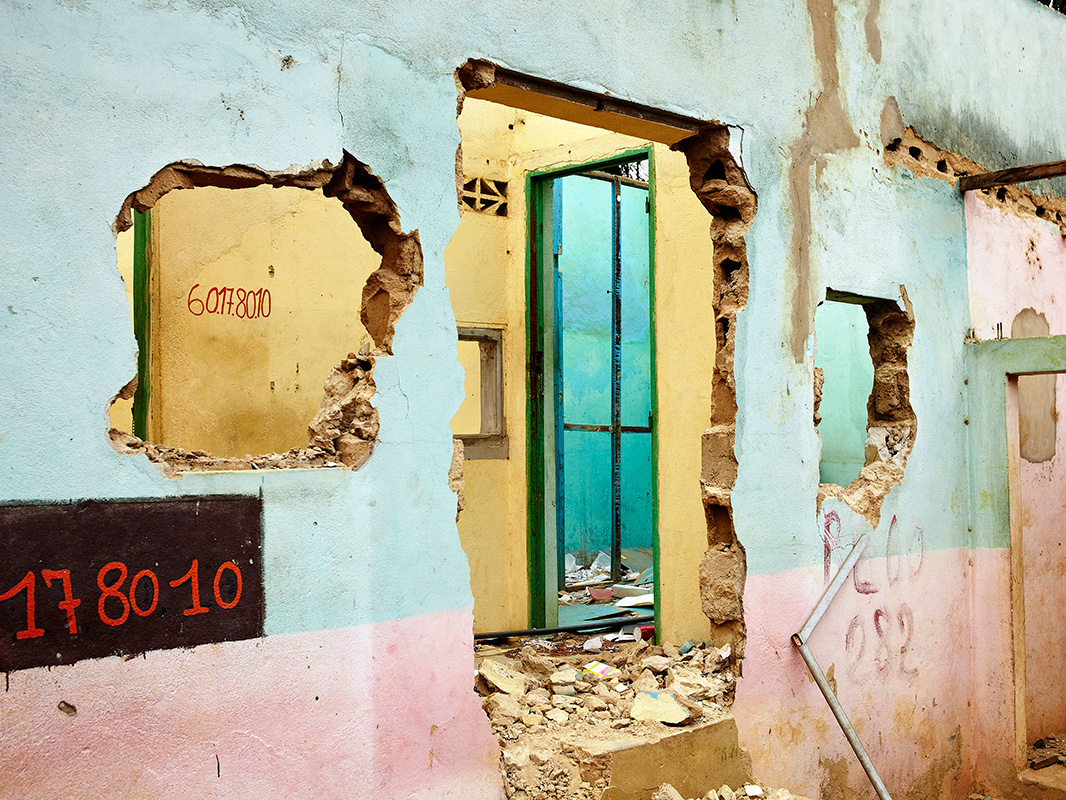
Gobélé Bougouni #4, Abidjan, Côte d’Ivoire, 2015
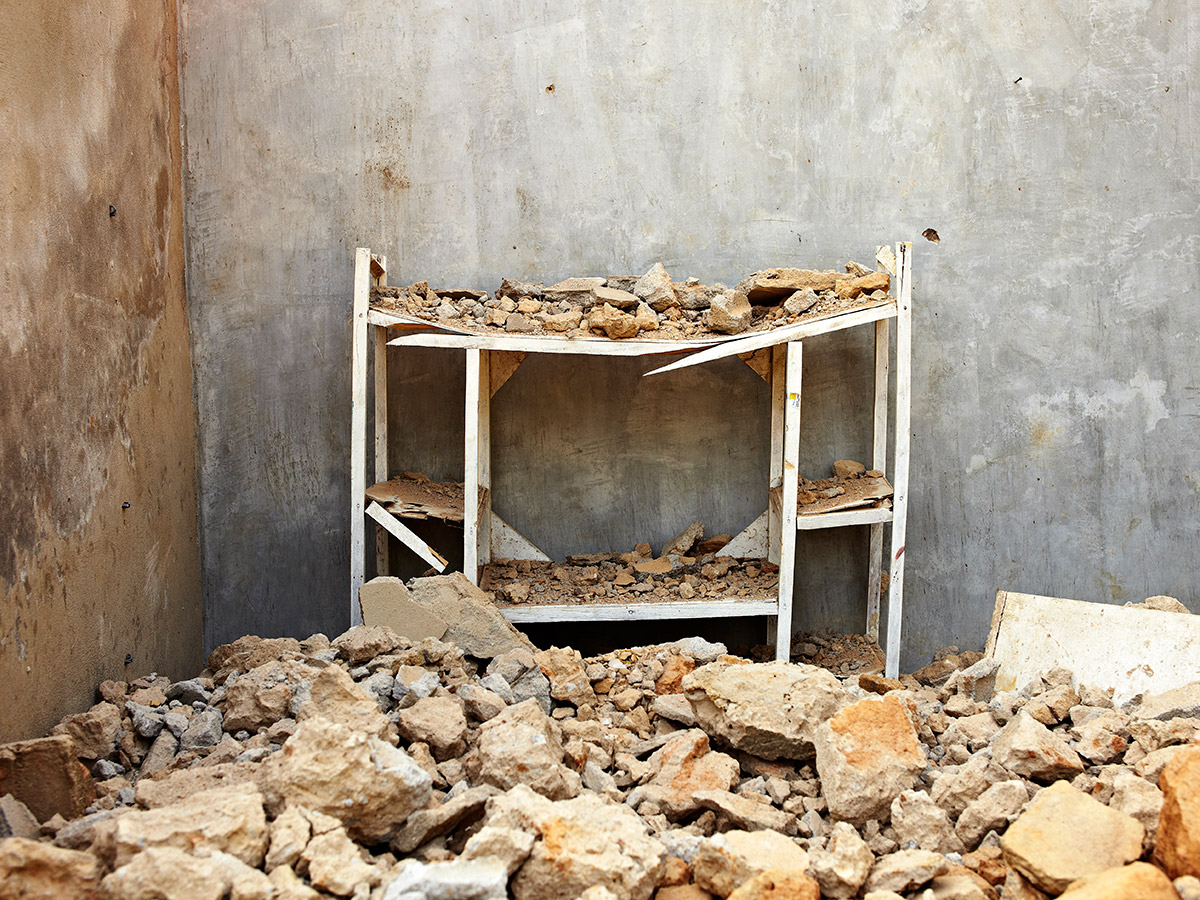
Gobélé Boston #2, Abidjan, Côte d’Ivoire, 2015
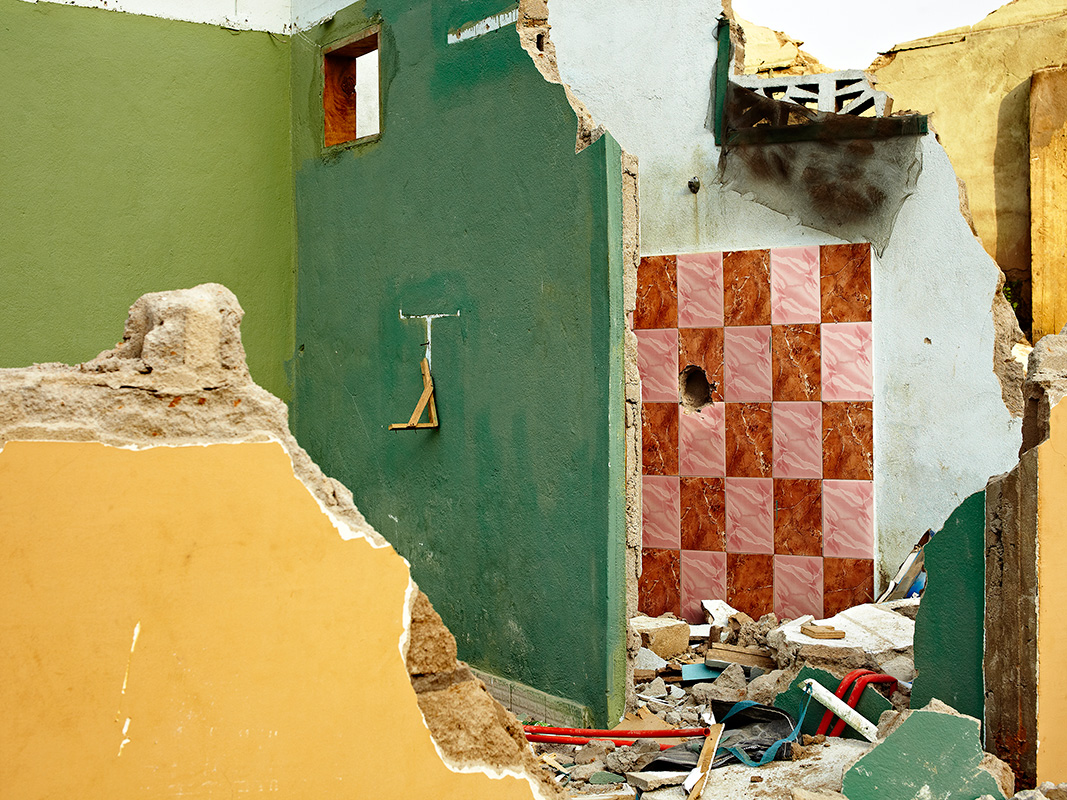
Gobélé Boston #1, Abidjan, Côte d’Ivoire, 2015
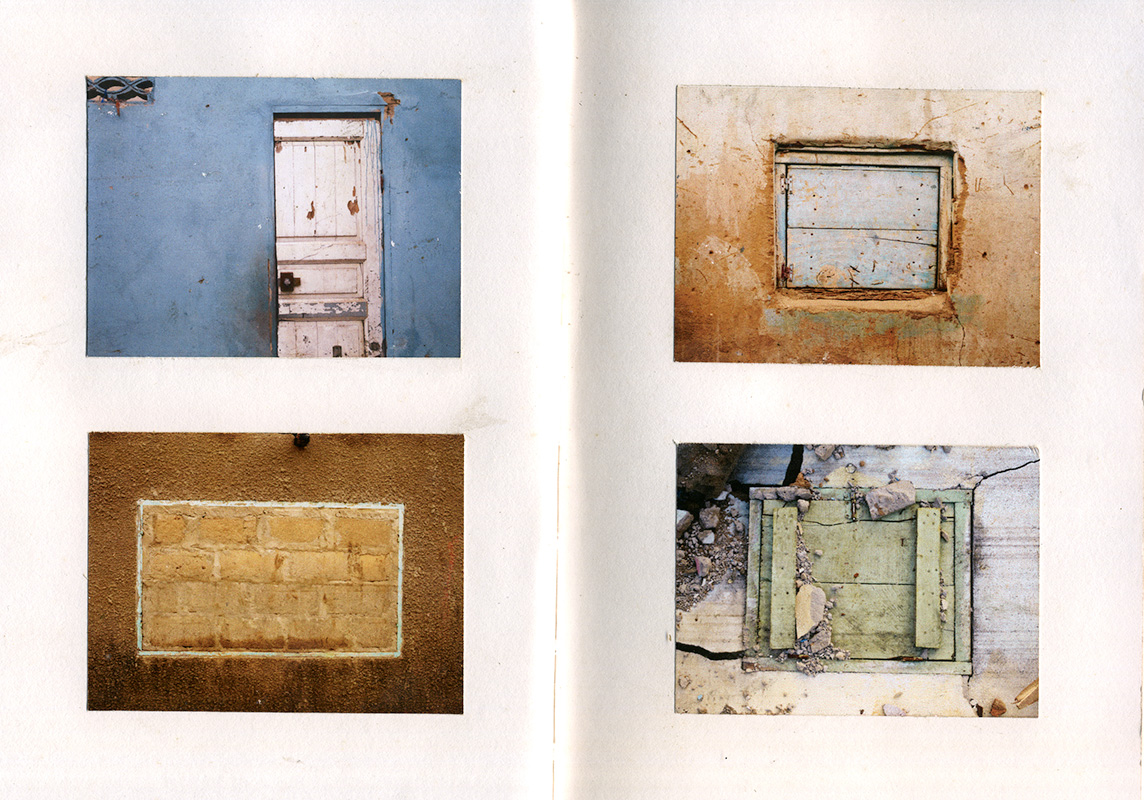
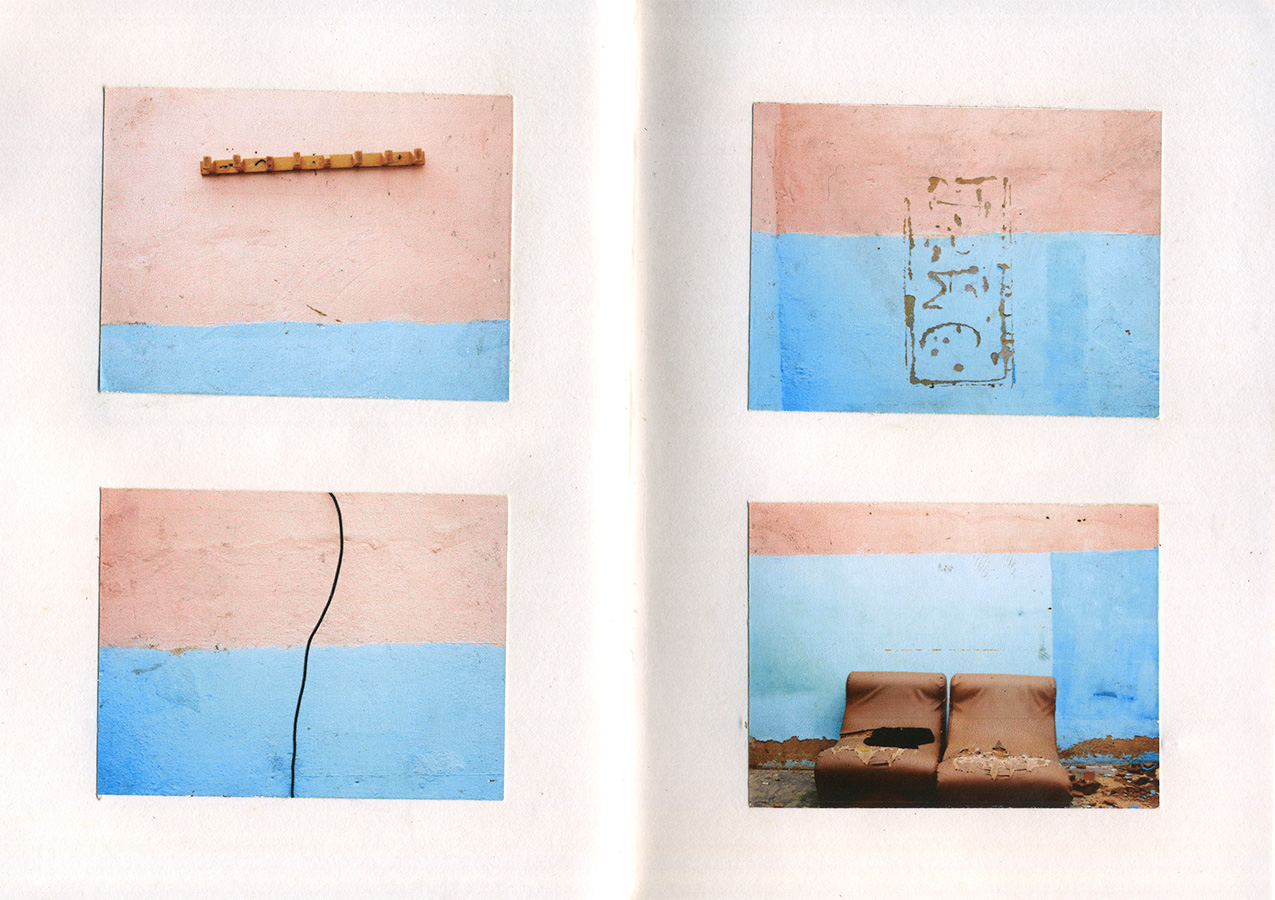
Gobélé, Abidjan, Côte d’Ivoire, 2015, Notebook reproduction

Tête dorée, Gobélé Mirador, Abidjan, Côte d’Ivoire, 2015
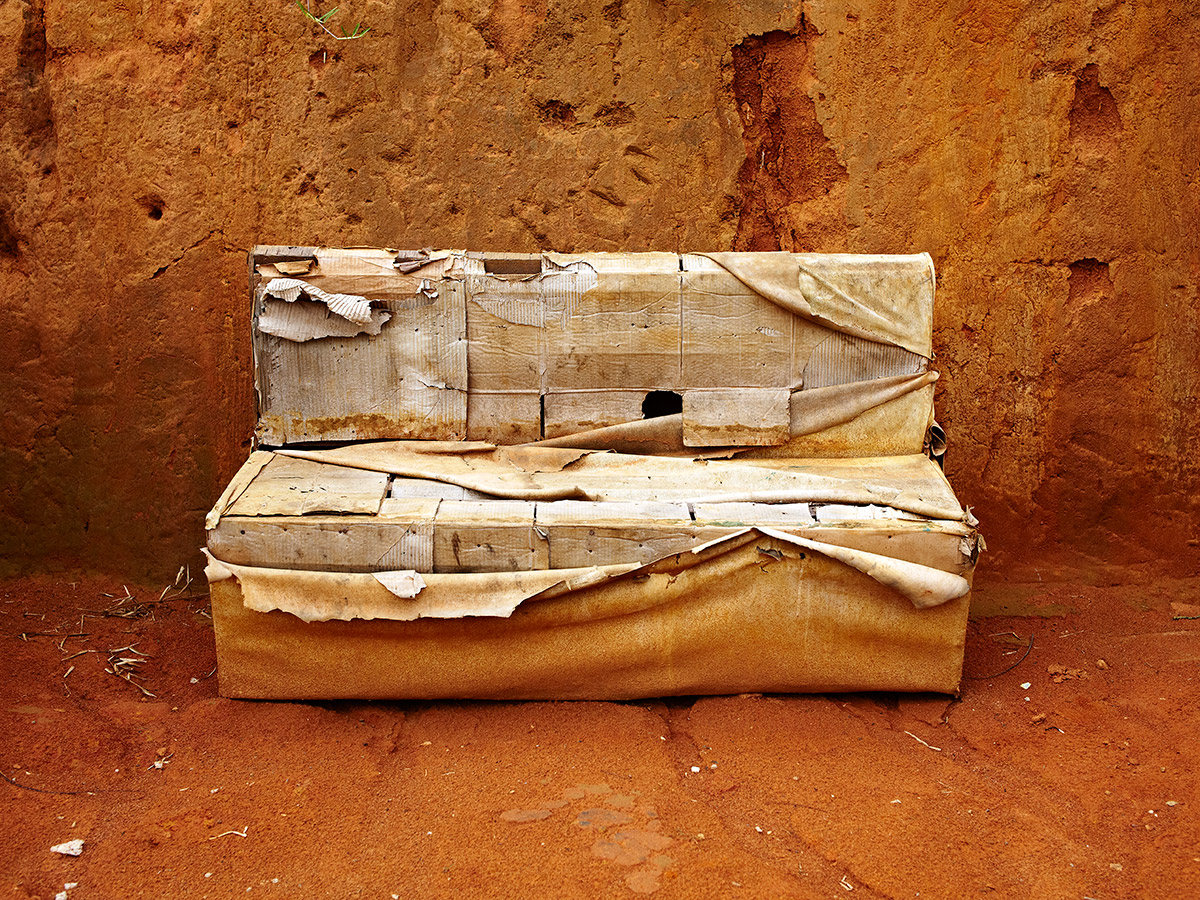
Gobélé CMA #1, Abidjan, Côte d’Ivoire, 2015
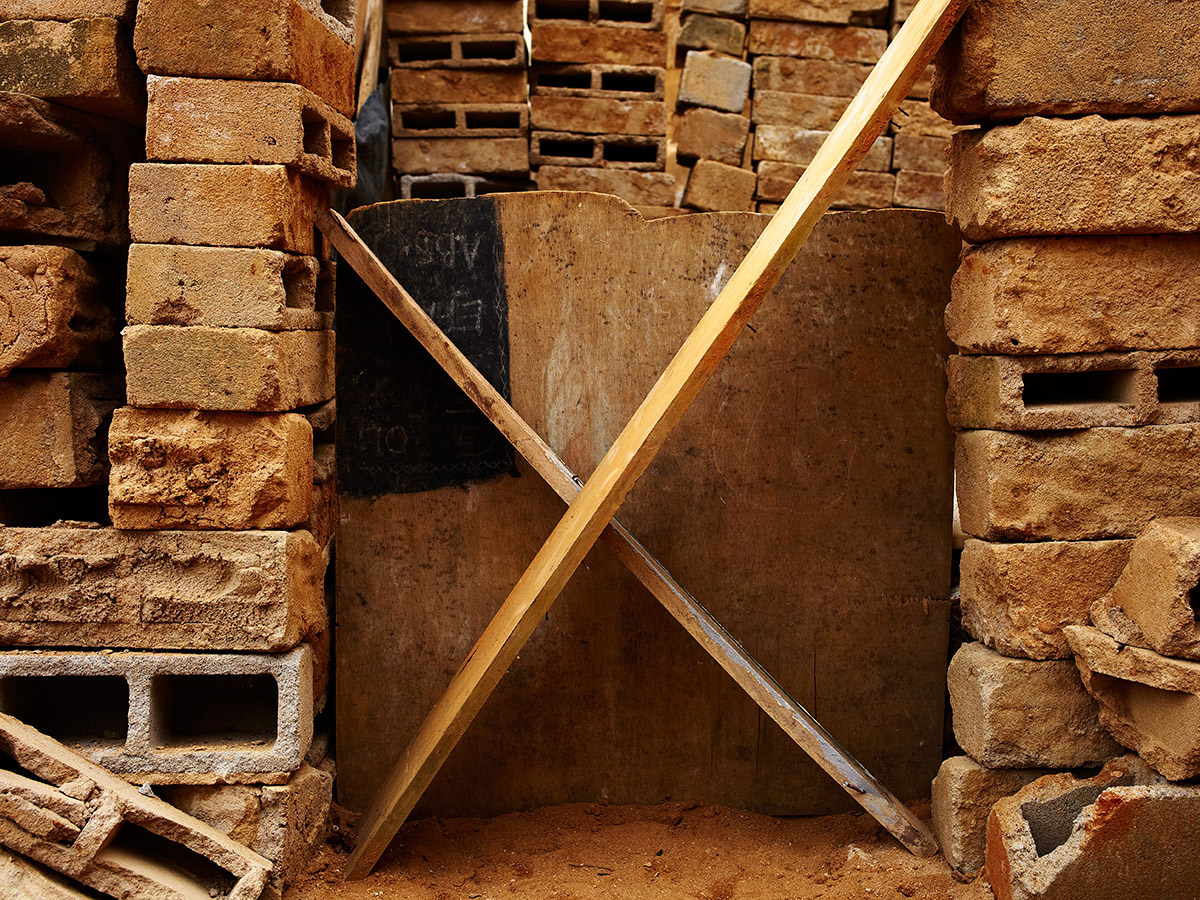
Gobélé CMA #2, Abidjan, Côte d’Ivoire, 2015
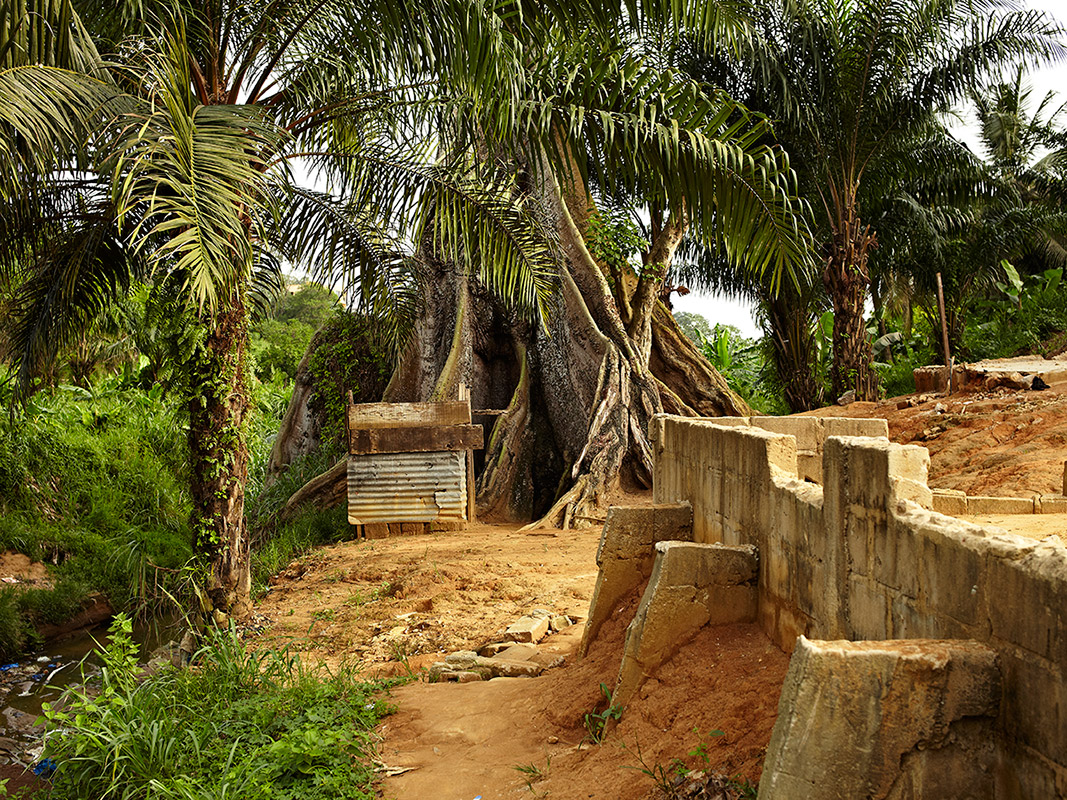
Gobélé Obama #1, Abidjan, Côte d’Ivoire, 2015
